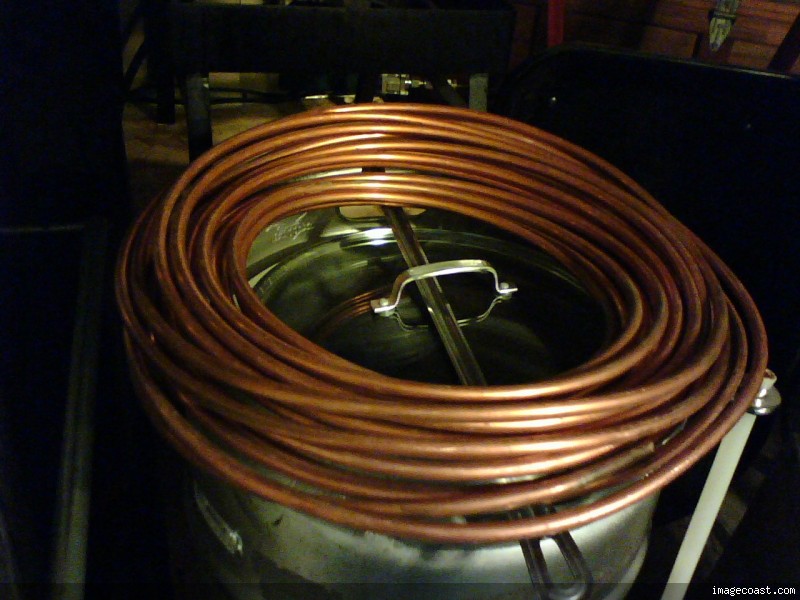Grimsawyer
Well-Known Member
Had a thought with another post. I havn't seen anyone yet that heats copper tubing with direct fire to get desired temps similar in idea to inline steam injection or a heat tube. I wouldn't think it'd be a good idea with wort but is it a good idea with water? Would it work similar to an infinate hot water heater? How much copper tubing would it take? What kind of burner would it take? I imagine that if a corny keg or similar diameter cylinder was cut up to make a cowling it would definately work better. I think a pressure relief valve somewhere would also be a must.




